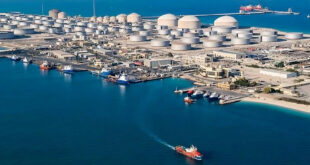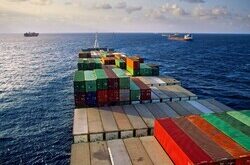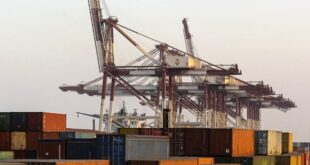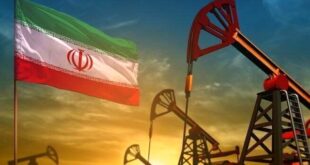The Statistical Center of Iran (SCI) has reported a lowered month-on-month inflation rate as national currency rial keeps recovering against the US dollar despite Tehran’s political and military tensions with the West.
The SCI said consumer inflation was 2.4 percent down at 48 percent in the month ending on July 22 compared to the previous month.
That comes against the backdrop of a rebound for the rial as it began regaining up to 13 percent of its value against the US dollar earlier this month. The rial traded at 118.000 against the greenback on Thursday afternoon local time. according to reports from Tehran’s unofficial currency market and websites monitoring the prices.
The SCI said Iranian households spent 48 percent more on consumer goods in the year ending July 22 compared to the previous 12-month period.
The figures were estimated using the overall Consumer Price Index (CPI) based on calculations for the Iranian calendar year ending in late March 2017. The data showed the CPI this summer was up 179.7 percent compared to the base year. It rose 40.4 percent compared to the last year and 2.96 percent higher than the month ending on June 22.
The increased inflation was felt more by rural households during the past year. said the SCI. although the data showed that urban areas recorded a higher CPI compared to the 12-month period ending in March two years ago.
The relative ease in monthly inflation rate and the surge for the rial comes despite escalated tensions in the Persian Gulf where Iran seized a British oil tanker on last Friday in response to UK’s seizure of an Iranian supertanker in its overseas territory of Gibraltar two weeks earlier.
Normally. traders in Iran and neighboring countries had used such opportunities to increase the price of dollar against the rial. saying there might be a serious military confrontation between Iran and the US-led forces in the region.
However. the rial began rebounding earlier last week after months of staying lower than 130.000 against the dollar.
That came after Iranian government introduced measures to control the market. including forcing exporters to bring the currencies earned from trading with foreign customers to an integrated market inside Iran. That helped shorten the gap between various currency prices in the market and encouraged the households to sell their currency savings.
The relative stability in the market also comes despite repeated claims in Washington that the tough sanctions introduced by US President Donald Trump since he withdrew last year from a 2015 Iran nuclear deal. known as the JCPOA. have seriously weakened the Iranian economy and led to general discontent among the public.
However. experts believe Iran is successfully emerging from the impacts of sanctions as the rial is recovering and the government has managed to control inflation and create more jobs over the past months.
They say that the failure of US sanctions against Iran also owes to the fact that they have not been fully observed by major international powers. including those who have signed the JCPOA.
Last Wednesday. Vice-Speaker of the Iranian Parliament Mohammad Javad Jamali Nobandegani announced that the legislative body has received 13 draft bills of plans to counter the US unilateral sanctions against the country.
Early in May. Governor of the Central Bank of Iran(CBI) Abdolnasser Hemmati announced six new tactics of the monetary body to counter the negative measures of the US unilateral sanctions against Tehran.
Late in April. Iranian First Vice President Eshaq Jahangiri said that the plan by the administration of US President Donald Trump to reduce Iran`s oil exports to zero is doomed to fail. because Americans ignore the country’s immense economic potentialities.
 Iran Energy News Oil, Gas, Petrochemical and Energy Field Specialized Channel
Iran Energy News Oil, Gas, Petrochemical and Energy Field Specialized Channel




